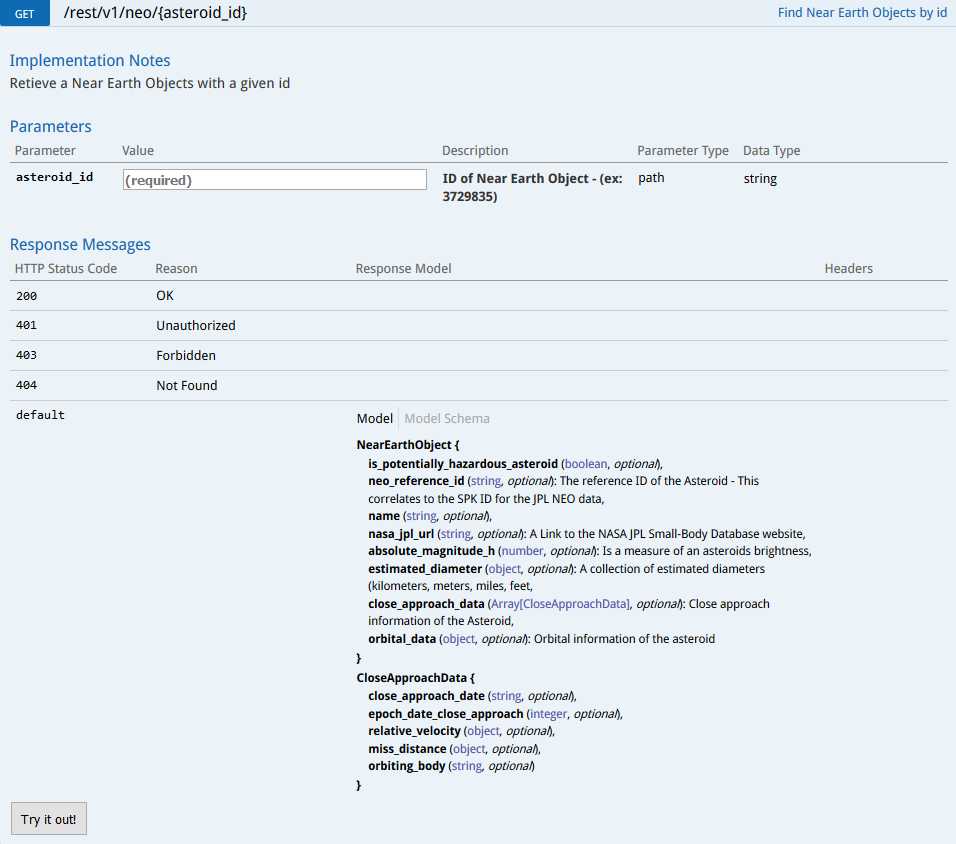FTPs, DASTCOM5 and dtypes (SOCIS 2017)
In the previous entry, I said that we had found a new database, and we would have to take a closer look to it.
Actually, what I found was a JPL public FTP, with lots of data in it (I have barely taken a glance to all the folders that contains, so have fun looking into it :P).
In that FTP, inside ssd folder (Solar System Dynamics, not Solid State Drive), there were several different files, some of them with .DB extension, some of them with .dat extension, and a README.
The README explained some of the files (a few of them are still a mystery), and I quote what it said about a file named dastcom5.zip.
dastcom5.zip
Link to a a portable/programmable version of the JPL/Horizons database of asteroids and comets ("DASTCOM5"), updated as often …
